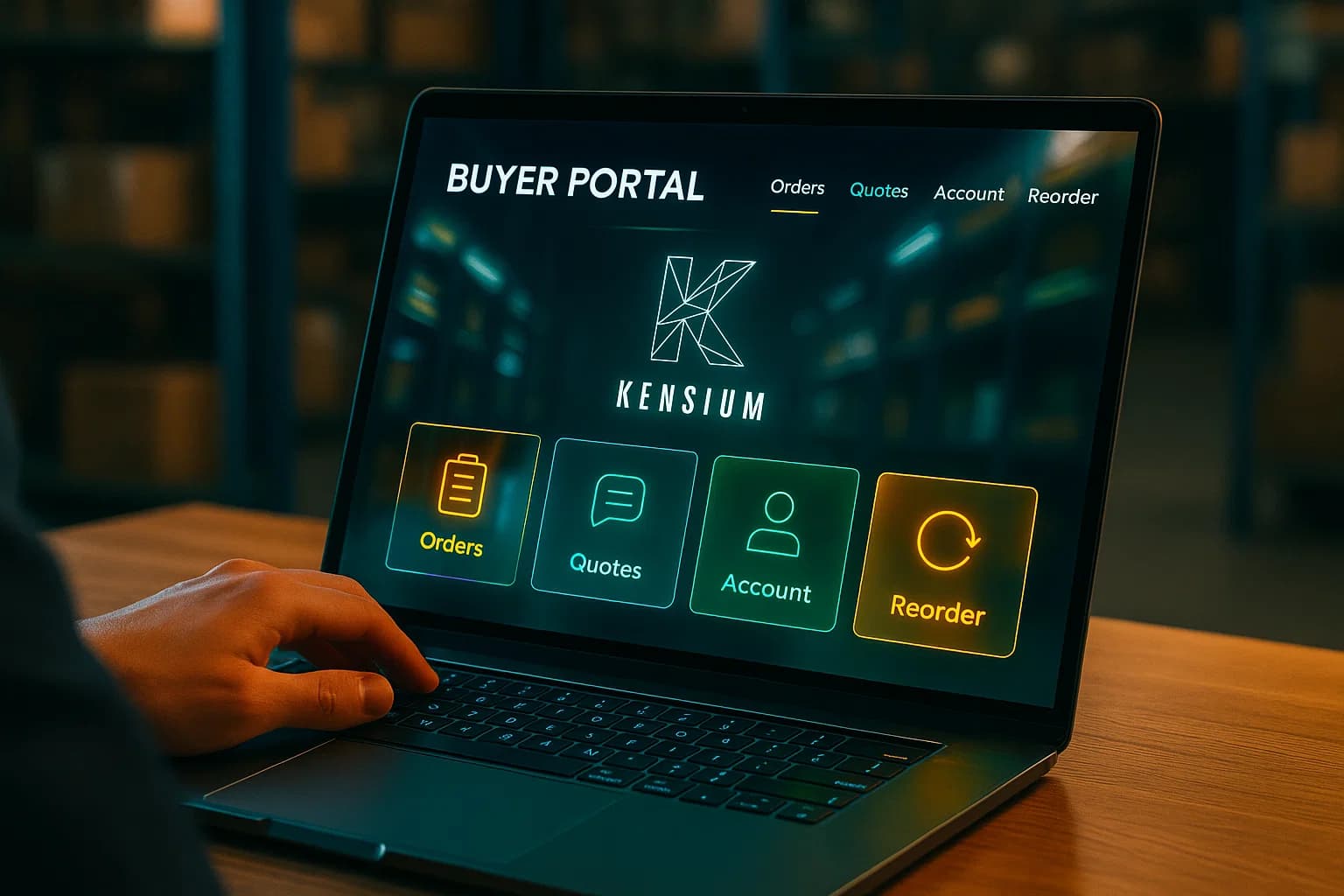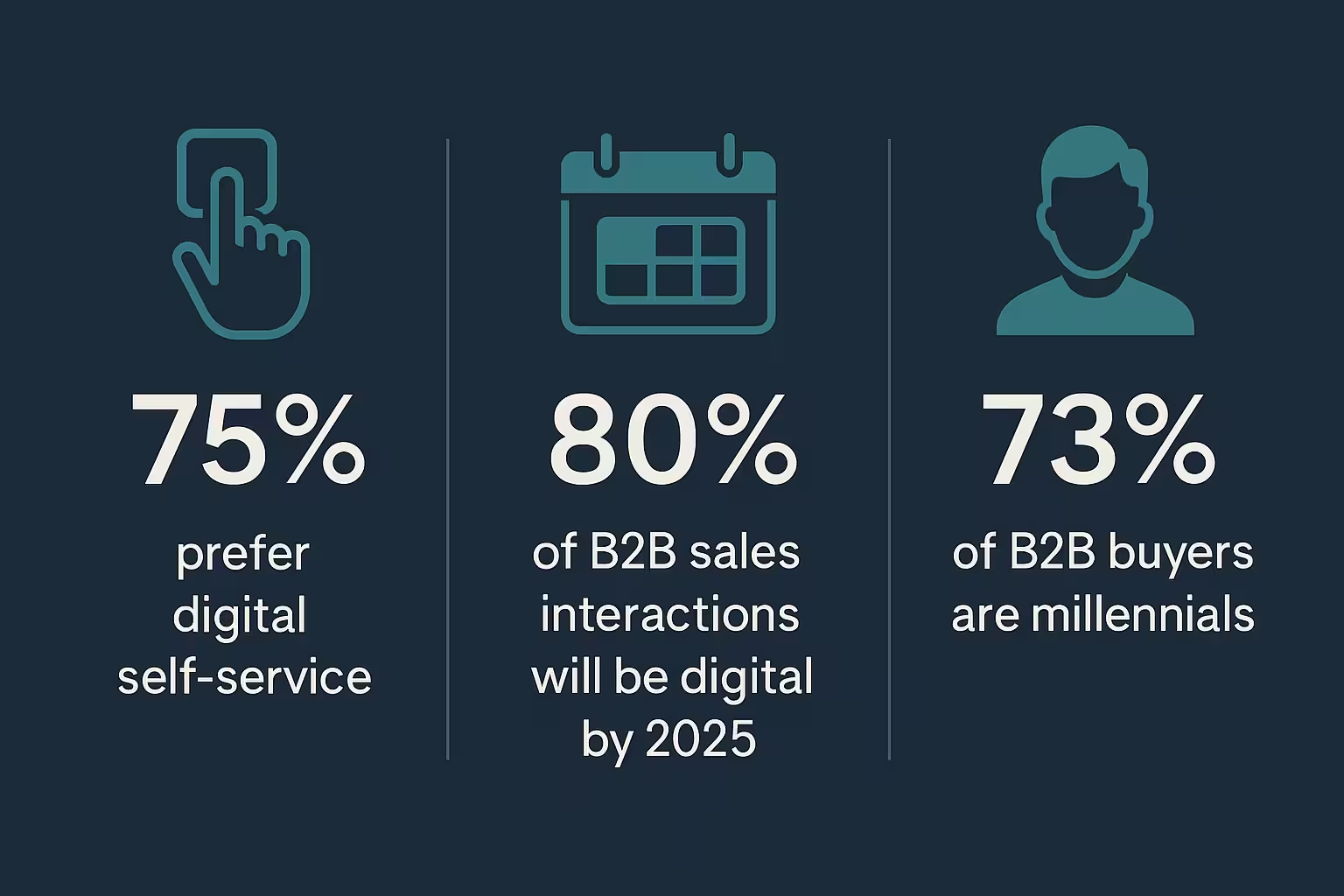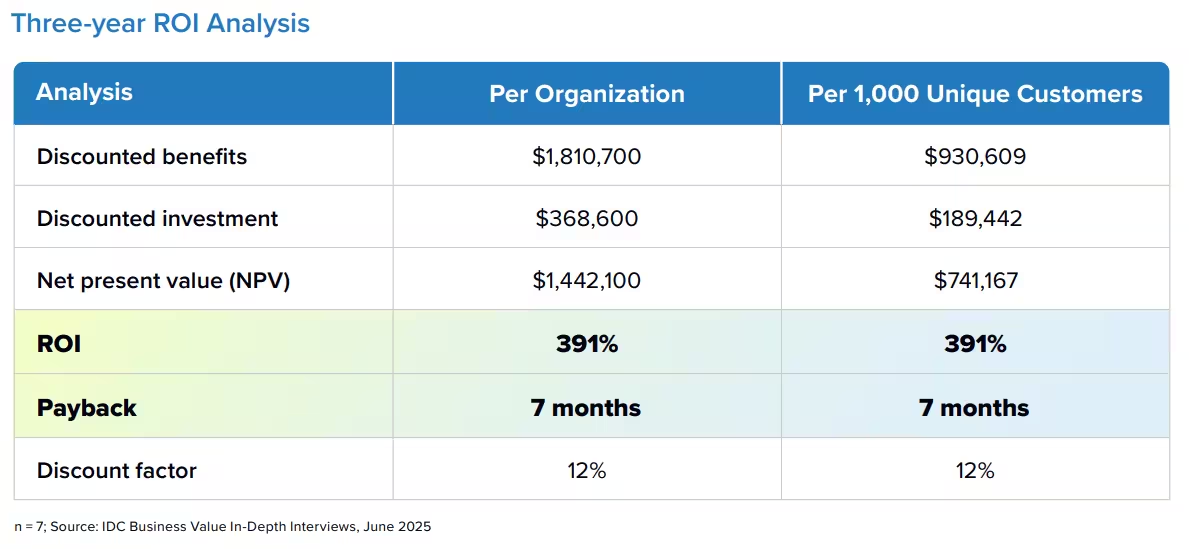


B2B e-commerce is booming in the United States and globally – expected to grow over 70% to $20.9 trillion by 2027[1]. In fact, B2B online sales by volume already outpace B2C by about 4x[2]. Why the surge? Business buyers increasingly demand the same convenient, 24/7 digital experience they enjoy as consumers. They place larger, higher-value orders on a recurring basis with far fewer returns[3]. To meet these expectations, companies are turning to B2B buyer portals as a key part of their digital strategy.
A B2B buyer portal is a secure, self-service online platform where business customers can buy, reorder, and manage their account at any time. It connects businesses with their B2B buyers to facilitate buying, selling, and support in one central place[4]. Through a buyer portal, customers get personalized catalogs and pricing, can place orders or request quotes, track deliveries, and even handle support tickets – all without picking up the phone. In short, it’s your always-on digital storefront tailored for business clients.
Modern B2B buyers expect this level of convenience. According to McKinsey, 75% of B2B customers prefer digital self-service over interacting with a sales rep[5]. Gartner likewise predicts that by 2025, 80% of all B2B sales interactions will occur via digital channels[6]. A well-designed portal lets your buyers self-serve on their own schedule, which not only makes them happier but also frees your team from manual order taking.

In today’s market, a B2B buyer portal isn’t just a nice add-on – it’s becoming essential for staying competitive. Key reasons U.S. businesses are investing in these portals include:
Industry Insight: DHL’s research indicates this digital shift is here to stay – by 2025, 80% of transactions between suppliers and business customers may happen via online platforms[11]. The message is clear: companies that embrace B2B e-commerce portals stand to gain efficiency, growth, and a competitive edge.
The good news is you don’t have to build a portal from scratch. Major eCommerce platforms have stepped up with robust B2B features to power these buyer portals. Here’s how BigCommerce, Adobe Commerce (Magento), and Shopify (Plus) support B2B sellers:
BigCommerce offers a dedicated B2B Edition for its enterprise plans, packing in essential wholesale features natively. This includes a configurable buyer portal where your business clients can log in for a tailored storefront and account area[12]. Out-of-the-box, BigCommerce B2B Edition provides:
BigCommerce’s strength is that many B2B capabilities are built-in, reducing the need for third-party apps. One Reddit user even noted that BigCommerce “looks solid from a B2B integration standpoint” with its rich native toolset[17]. In short, you get a ready-made foundation for a buyer portal that you can still customize deeply (BigCommerce provides an open-source buyer portal codebase for flexibility[18]).
Adobe Commerce (formerly Magento Commerce) is an enterprise-grade platform known for its powerful B2B module. With Adobe, you can support B2C and B2B on one platform, toggling on the B2B features as needed. Its B2B suite is extremely comprehensive, including:
Overall, Adobe Commerce provides deep B2B functionality out-of-the-box – often cited as one of the top B2B eCommerce platforms. The trade-off is that it requires more technical expertise to implement and maintain, but for businesses needing extreme flexibility and integration, Adobe is a powerhouse solution.
Shopify, known for its ease-of-use in B2C, has also introduced B2B features for merchants on Shopify Plus (the enterprise plan). As of 2023, “B2B on Shopify” allows wholesalers to be served from the same familiar Shopify backend. Key capabilities now supported include:
While Shopify’s B2B feature set has rapidly grown (Plus users get new features with each Shopify edition release), it’s still catching up to platforms like BigCommerce in depth. Some merchants on Reddit have pointed out limitations – for example, frustration with Shopify’s initial B2B login system that redirected buyers to a separate portal with passwordless 2FA logins[8]. Shopify has been addressing these pain points with updates, but complex B2B sellers might require third-party apps for certain needs (like punchout catalogs or advanced ERP integration). The upside is Shopify’s ease of use and quick deployment. For many mid-market businesses, Shopify Plus offers a balanced entry into B2B eCommerce with a gentle learning curve and the backing of a huge app ecosystem.
Platform Support at a Glance: Across BigCommerce, Adobe, and Shopify, the core idea is the same – give business customers a rich online account to do business with you. Each platform now supports multi-user company accounts, custom pricing lists, reordering tools, and account-specific checkout experiences. For example, Adobe Commerce and BigCommerce both provide native company account management with spend controls, and Shopify Plus has added support for net payment terms and PO tracking as part of its B2B portal features[35]. The choice of platform often comes down to your business size, complexity, and budget, but rest assured that all three leading platforms can deliver a modern B2B buyer portal experience with the right configuration.
Implementing a B2B buyer portal is a transformative project – and you don’t have to navigate it alone. Kensium is a Chicago-based digital commerce agency and an official partner to all three platforms (including a certified BigCommerce Elite Partner[36]). We specialize in helping U.S. businesses implement and optimize B2B eCommerce solutions, from initial strategy through go-live and beyond.

As an experienced implementation and digital transformation partner, Kensium offers end-to-end services to ensure your B2B portal succeeds:
With Kensium’s guidance, companies have achieved rapid ROI from their B2B eCommerce investments. (One recent IDC study found BigCommerce B2B Edition yielded 391% ROI over three years with payback in 7 months for surveyed businesses[38].) We bring the technical know-how and strategic insight to translate such results into real-world success for your business[36]. In short, we don’t just implement software – we help you transform how you sell.

Ready to elevate your B2B e-commerce experience? Contact Kensium to explore how we can build a buyer portal tailored to your business.
Q1. What is a B2B buyer portal?
A: It’s a secure online portal where business customers can log in to purchase and manage orders with a supplier. A B2B portal provides a personalized storefront for each client – showing their contracted pricing, catalogs, invoices, order history, and self-service tools for things like reordering or requesting quotes. It’s essentially an e-commerce website built for B2B transactions and account management, rather than anonymous retail shopping.
Q2. How is a B2B portal different from a regular e-commerce site?
A: A B2B portal is tailored to the needs of business purchasing. Unlike a public B2C site, a B2B portal typically requires the user to log in to see products and pricing specific to their company. It supports features like bulk ordering (by SKU or CSV upload), negotiated pricing and volume discounts, multiple users under one customer account, payment on credit terms (net 30, PO), and other wholesale workflows. Essentially, it’s optimized for high-volume, repeat orders and ongoing buyer–seller relationships, as opposed to one-off consumer sales.
Q3. Which e-commerce platforms support B2B buyer portals?
A: Several major platforms have strong B2B capabilities. BigCommerce, Adobe Commerce (Magento), and Shopify Plus are three leading options – each offers built-in B2B modules or editions (e.g. BigCommerce’s B2B Edition, Adobe’s B2B module, and Shopify’s wholesale features on Plus) to create robust buyer portals. Others like OroCommerce or Salesforce Commerce Cloud also cater to B2B. The best choice depends on your business size and requirements, but all these platforms can power customer-specific catalogs, account logins, and self-service ordering for B2B.
Q4. What benefits can a B2B portal bring my business?
A: A well-implemented buyer portal can increase sales and efficiency. Key benefits include: faster order cycles (customers can order anytime without sales rep involvement), fewer errors (customers enter their own orders, and automation handles pricing rules), lower support costs (account info and order tracking are self-service), and improved customer satisfaction. Over time, portals often lead to higher average order values and more frequent reorders because you’re making it so convenient for clients to do business with you[3]. Additionally, your sales team is freed up to focus on acquiring new customers or handling complex deals, rather than purely taking orders.
Q5. Do I need an implementation partner for my B2B portal project?
A: While not mandatory, working with an experienced partner (like Kensium) is highly recommended – especially for mid-size and larger firms. Setting up a B2B portal can be complex: you may need to migrate customer data, integrate with ERP/CRM systems, set up custom pricing rules, and ensure the UX meets your buyers’ expectations. A partner brings technical expertise on the platform, can customize features to fit your workflows, and will help avoid common pitfalls (for example, ensuring performance at scale and security for sensitive business data). The result is a smoother launch and a portal that truly supports your business goals, delivered on time.
[1] [7] [11] Business-to-business e-commerce boom only just beginning: DHL | Reuters
[2] [3] MercadoLibre launches new B2B unit to tap corporate market | Reuters
[4] [5] [6] [9] [10] B2B portal: Benefits, examples, and software selection tips
https://www.the-future-of-commerce.com/2024/05/28/b2b-portal-benefits/
[8] Shopify B2B is incredibly frustrating. Rant incoming... : r/shopify
https://www.reddit.com/r/shopify/comments/1cp3u4o/shopify_b2b_is_incredibly_frustrating_rant/
[12] [13] [14] [15] [16] [29] [30] [31] [32] [33] [34] 5 Best B2B E-commerce Platforms for Tech Buyers in 2025
https://www.techrepublic.com/article/best-b2b-e-commerce-platforms/
[17] BigCommerce
https://www.reddit.com/r/bigcommerce/
[18] B2B Edition - A better way to B2B | BigCommerce
https://www.bigcommerce.com/solutions/b2b-ecommerce-platform/
[35] [37] Your Website Is Not a Brochure: 5 Upgrades That Convert B2B Traffic
https://www.kensium.com/blog/your-website-is-not-a-brochure-5-upgrades-that-convert-b2b-traffic
[36] [38] Here’s What IDC Found About BigCommerce B2B Edition
https://www.kensium.com/blog/what-idc-found-about-bigcommerce-b2b-edition